Operations with Radicals Question Stack Activity
This blog post contains Amazon affiliate links. As an Amazon Associate, I earn a small commission from qualifying purchases.
I created this operations with radicals question stack activity for my trigonometry class. I’ve been on a question stack making roll lately.
Okay, maybe making two question stacks in the space of two days isn’t a roll, but it kinda feels like one!
After making an evaluating expressions question stack for my Algebra 1 students, I decided to make an operations with radicals question stack for my Trigonometry students. We’re still in the review chapter in trig.
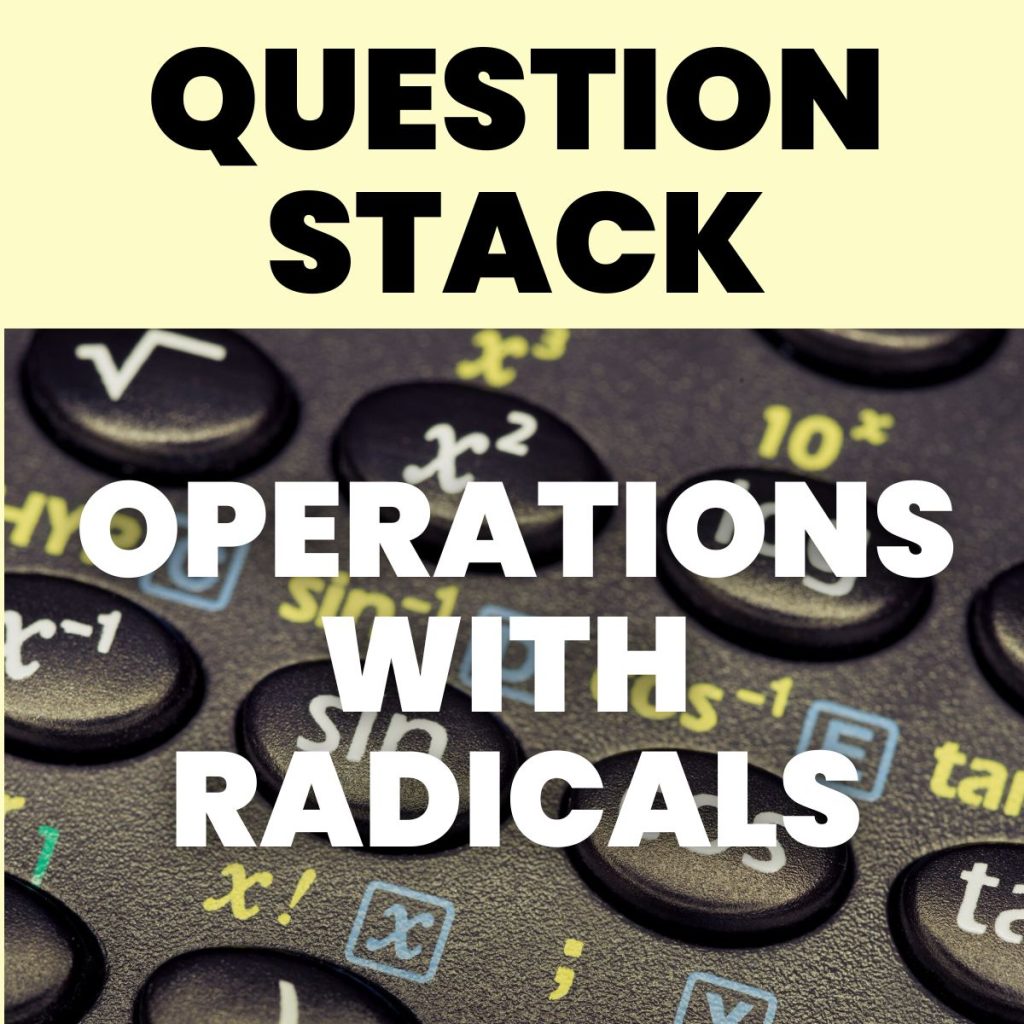
My goal is to review all of the important concepts from algebra and geometry that we’ll be using this year in trig. It’s also a good review for my students as they are preparing to take or re-take the ACT test to gain admissions to college and earn scholarship money.
Each group of students received a deck of 10 double-sided, laminated cards.
MATH = LOVE RECOMMENDS…

A laminator is a MUST-HAVE for me as a math teacher! I spent my first six years as a teacher at a school with a broken laminator, so I had to find a way to laminate things myself.
I’ve had several laminators over the years. I currently use a Scotch laminator at home and a Swingline laminator at school.
I highly recommend splurging a bit on the actual laminator and buying the cheapest laminating pouches you can find!
One side of each card has a question requiring students to add, subtract, multiply, or divide radicals. The other side of the card has the answer to a different question.
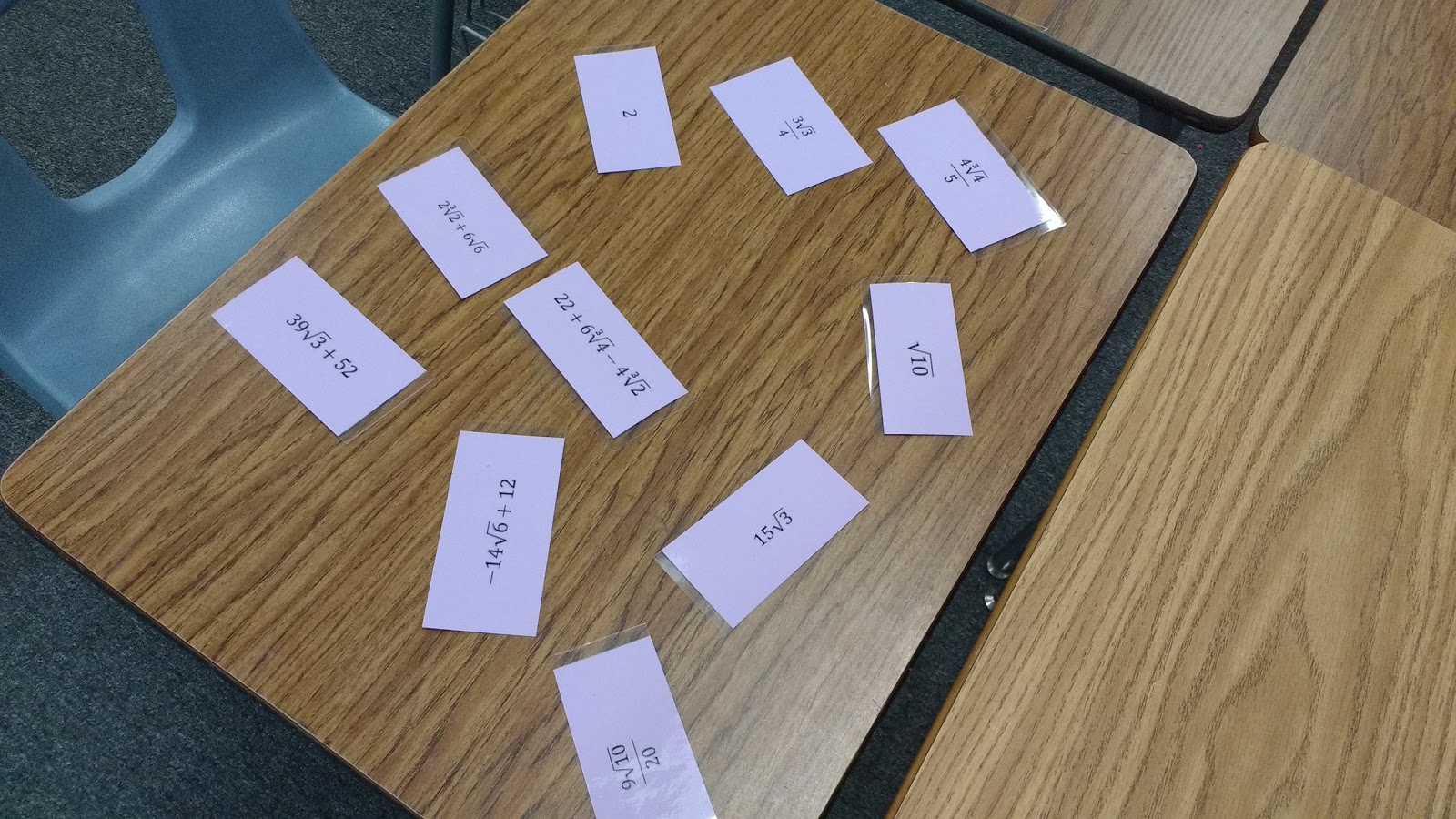
Students start by putting all of the cards out on their desks with the answers facing up. This forms their answer bank for the rest of the activity. As they work out each problem, their answer bank will shrink. This makes this activity self-checking which lets me focus on providing help to the groups that really need it.
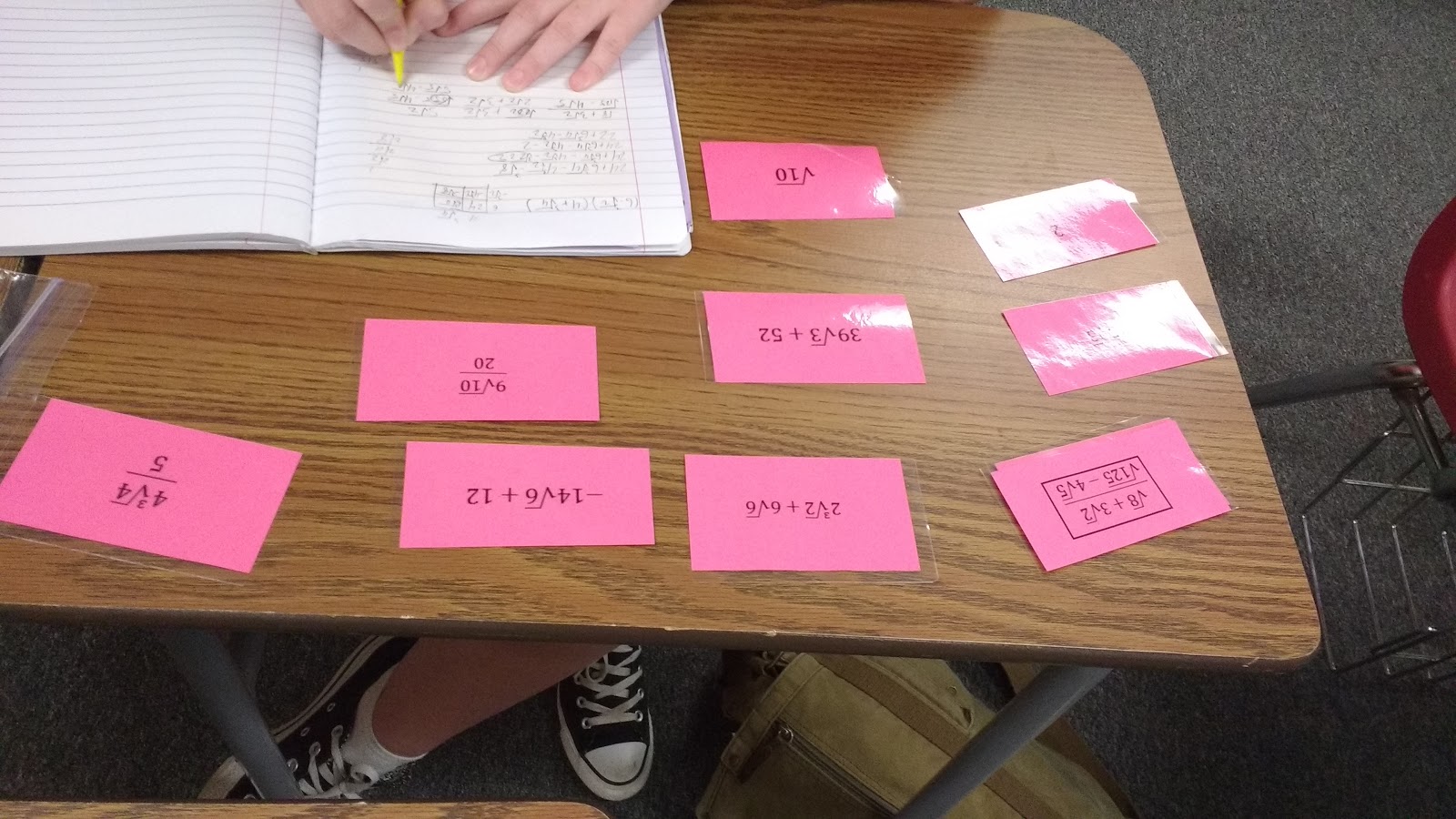
Each group starts by turning over one of the cards. They either decide to work this problem out on their dry erase boards or in their notebooks. I let students choose. They usually know what works best for them. Some students prefer the permanency of writing practice problems in their notebooks. Other students prefer the eraseable nature of the white boards that let them take risks in their problem solving.
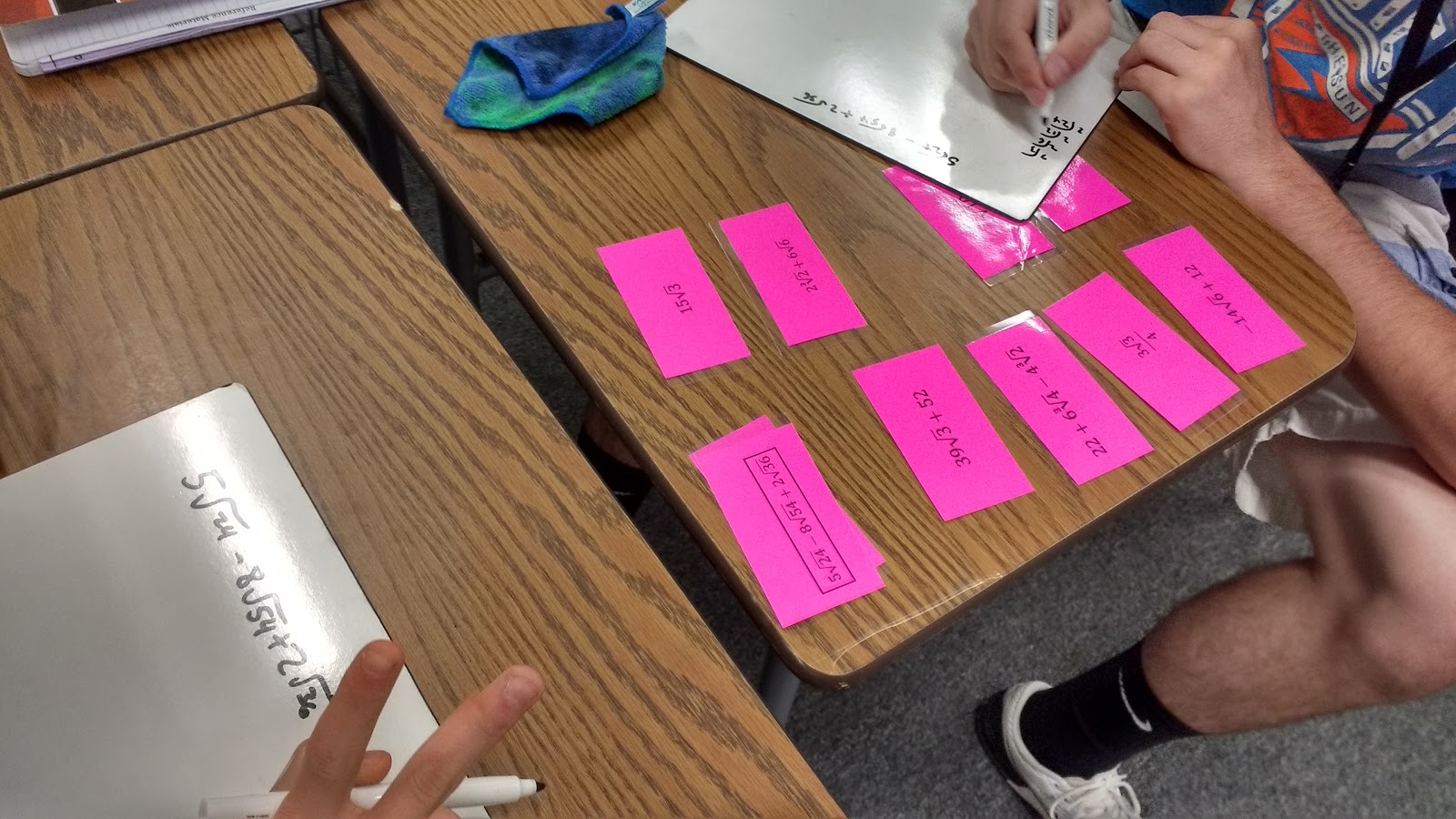
The answer they arrive at will hopefully be in the answer bank. If it is, they pick up this card, turn it over, and add it to the question stack. This process continues until they have worked through the entire deck.
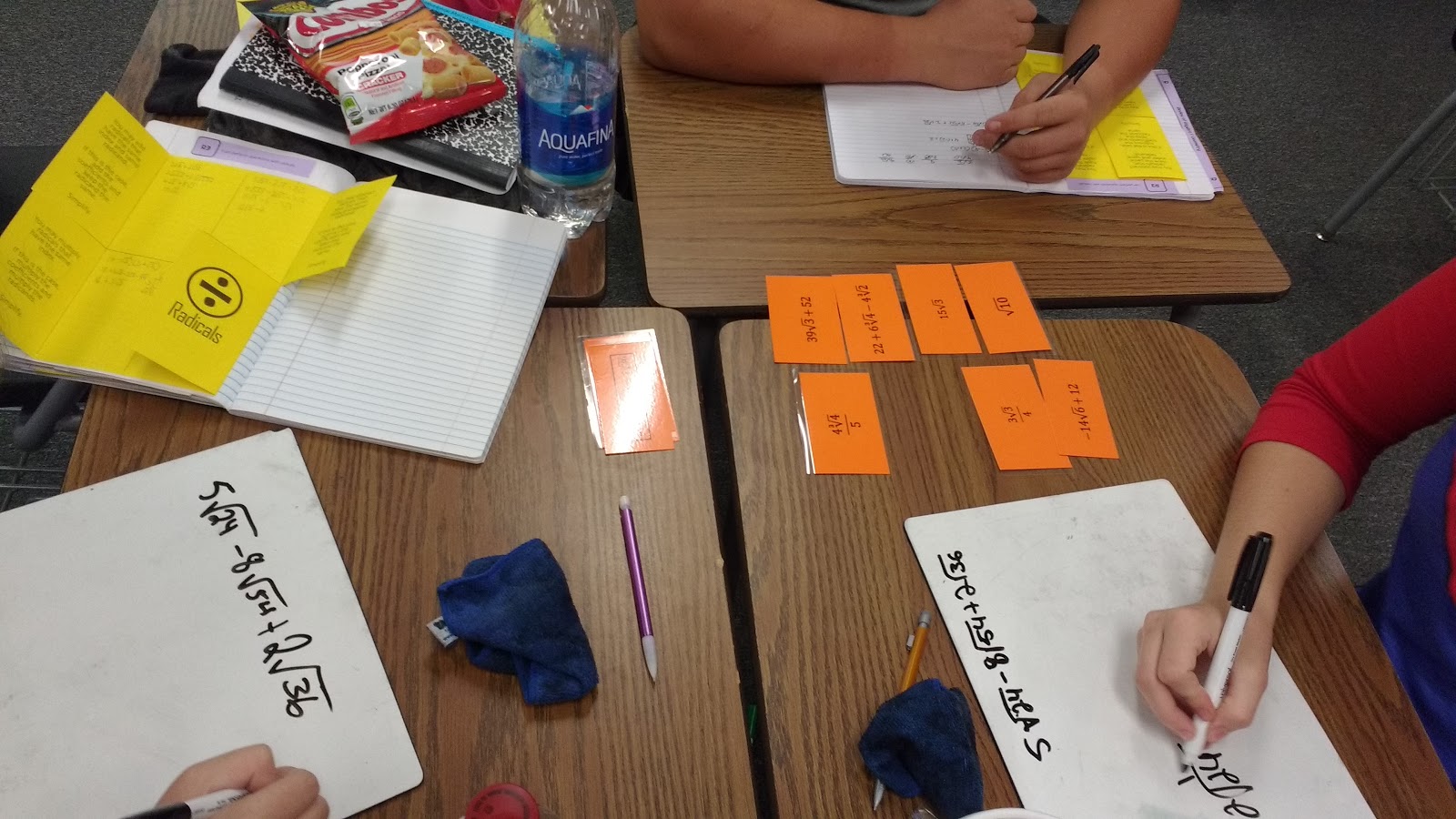
The structure of this activity leads to some awesome conversations between students. I love to just walk around and listen to them explaining math to teach other. It really is a beautiful thing.
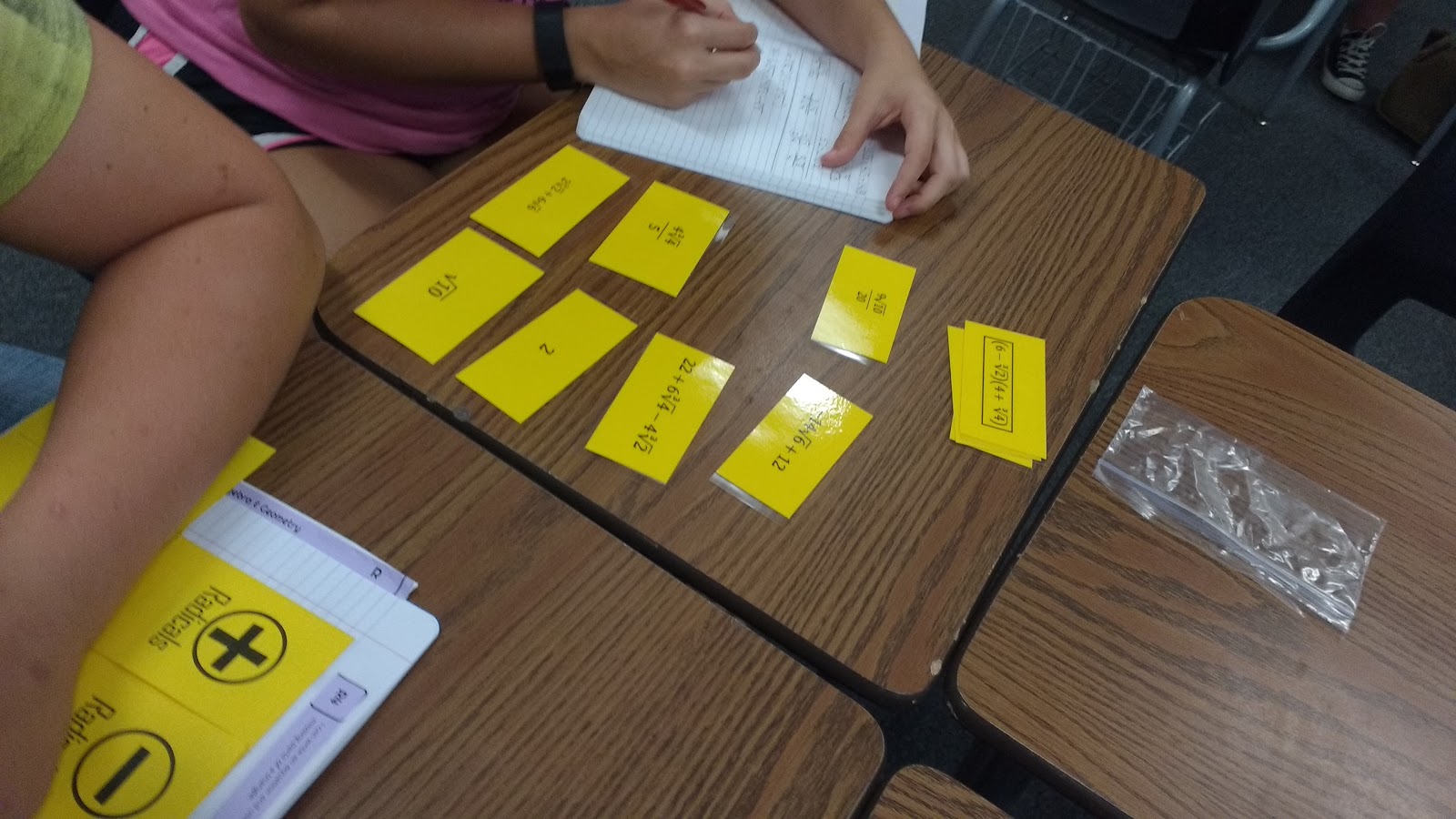
Here are the operations with radicals problems I created for my trig students to work through:
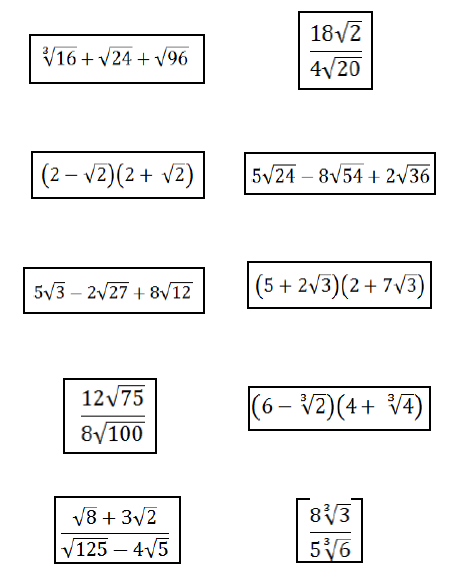
I had to put boxes around the questions since the questions and answers can look so similar!
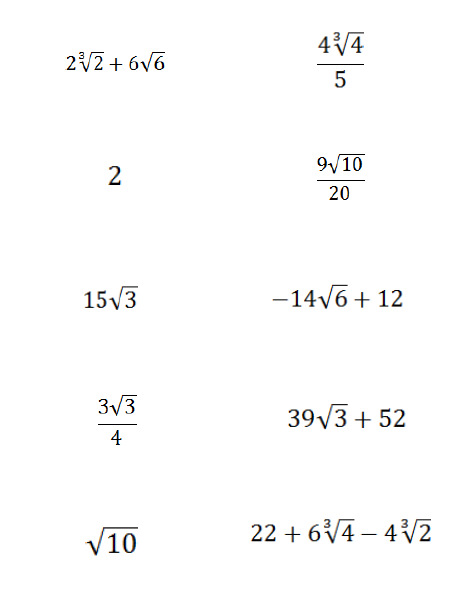
Special thanks to my husband, Shaun, for working out all of the answers for me to check my work!
Free Download of Operations with Radicals Question Stack
Click here to Download
Operations with Radicals Question Stack (PDF)
2273 downloads – 55.92 KB
Digital Version of Operations with Radicals Card Sort Activity
A blog reader, Melissa Ruggiero, took this operations with radicals question stack activity and made it into a card sort activity in Desmos. I’m so grateful for her sharing it with us!
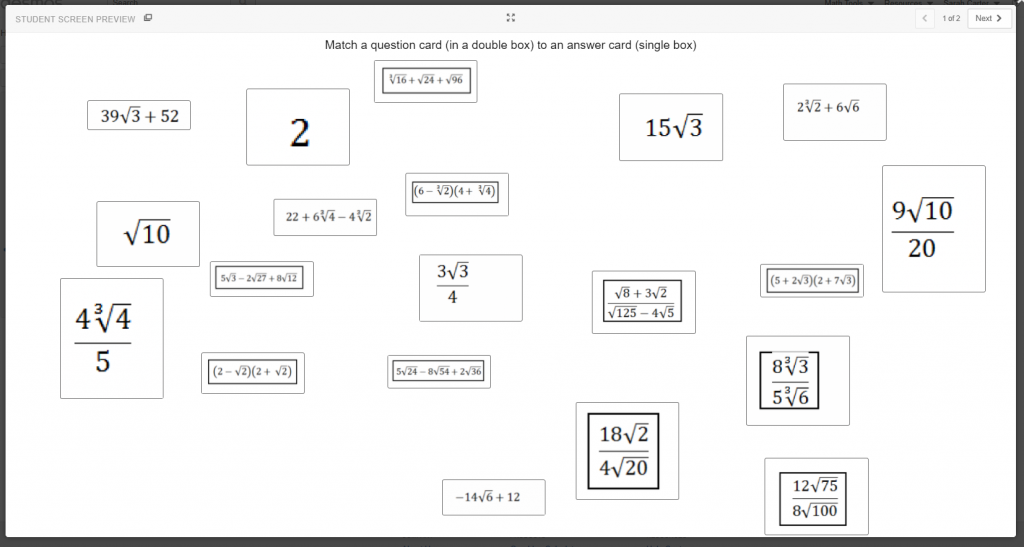
Make Your Own Question Stacks
Want to make your own question stack activity? I have created an easy to use printable question stack template that works perfectly every time. All you have to do is add your own questions!
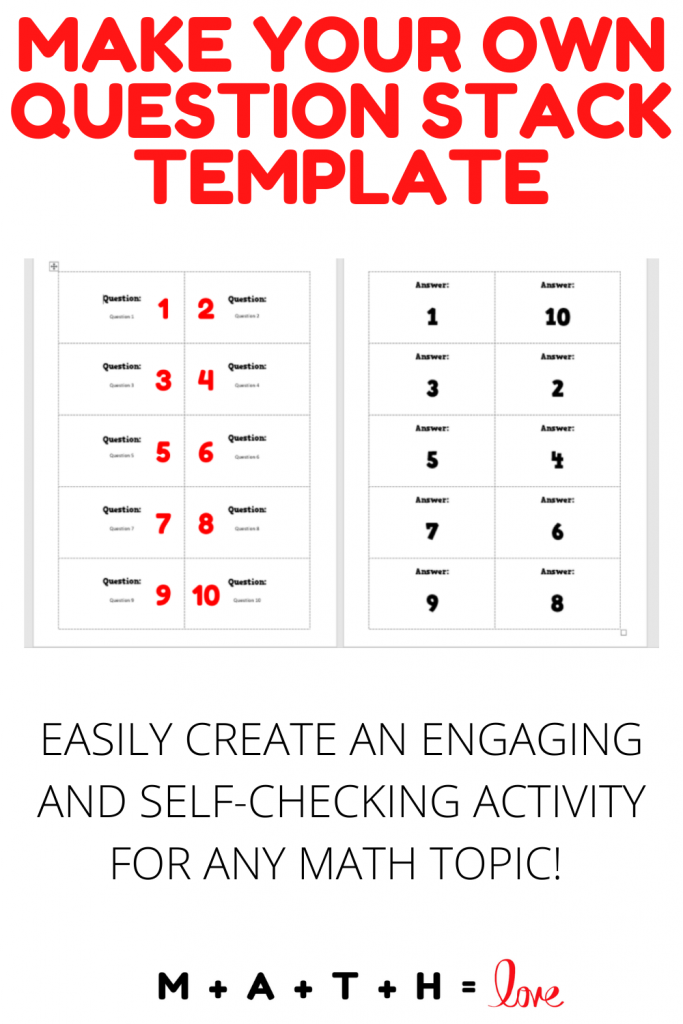

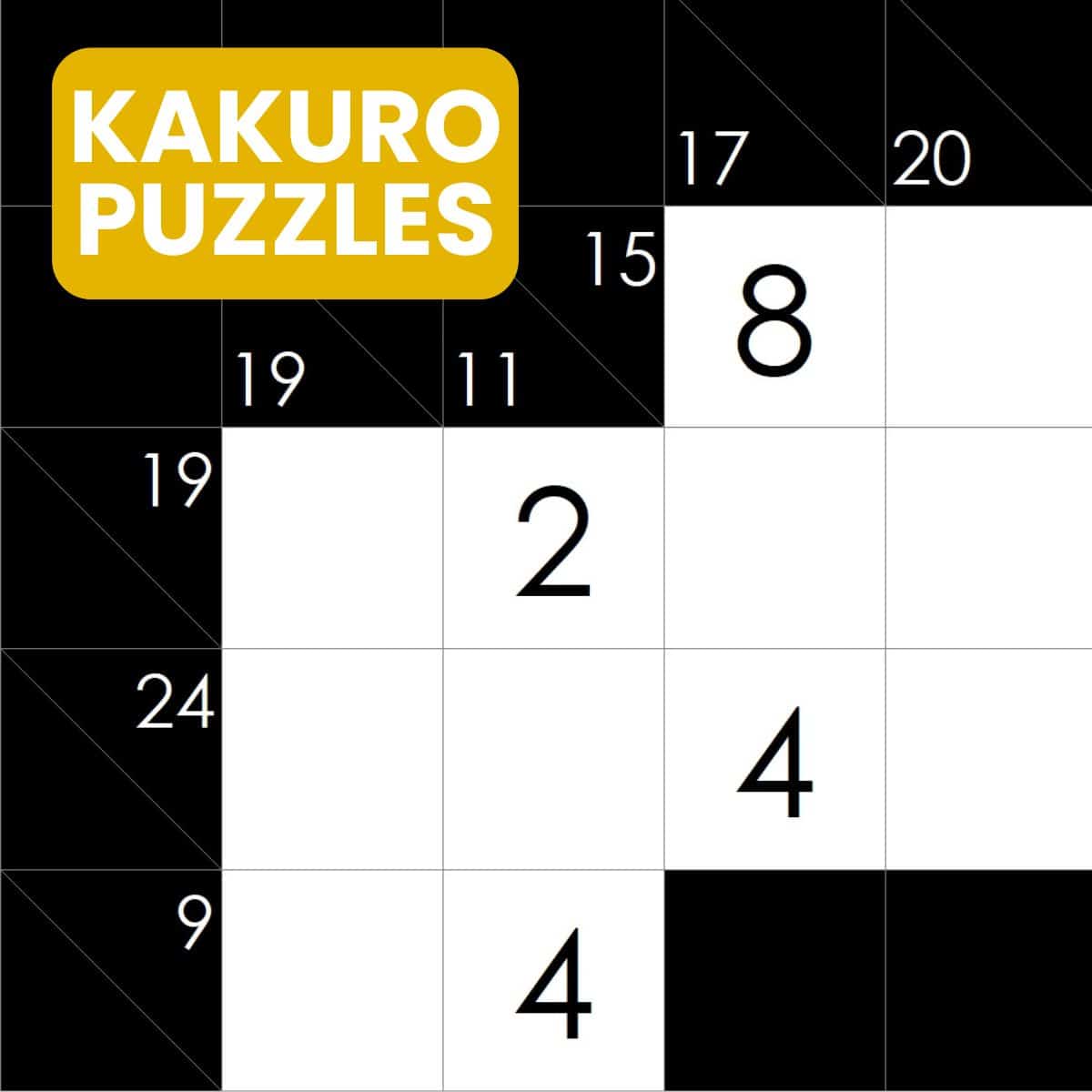
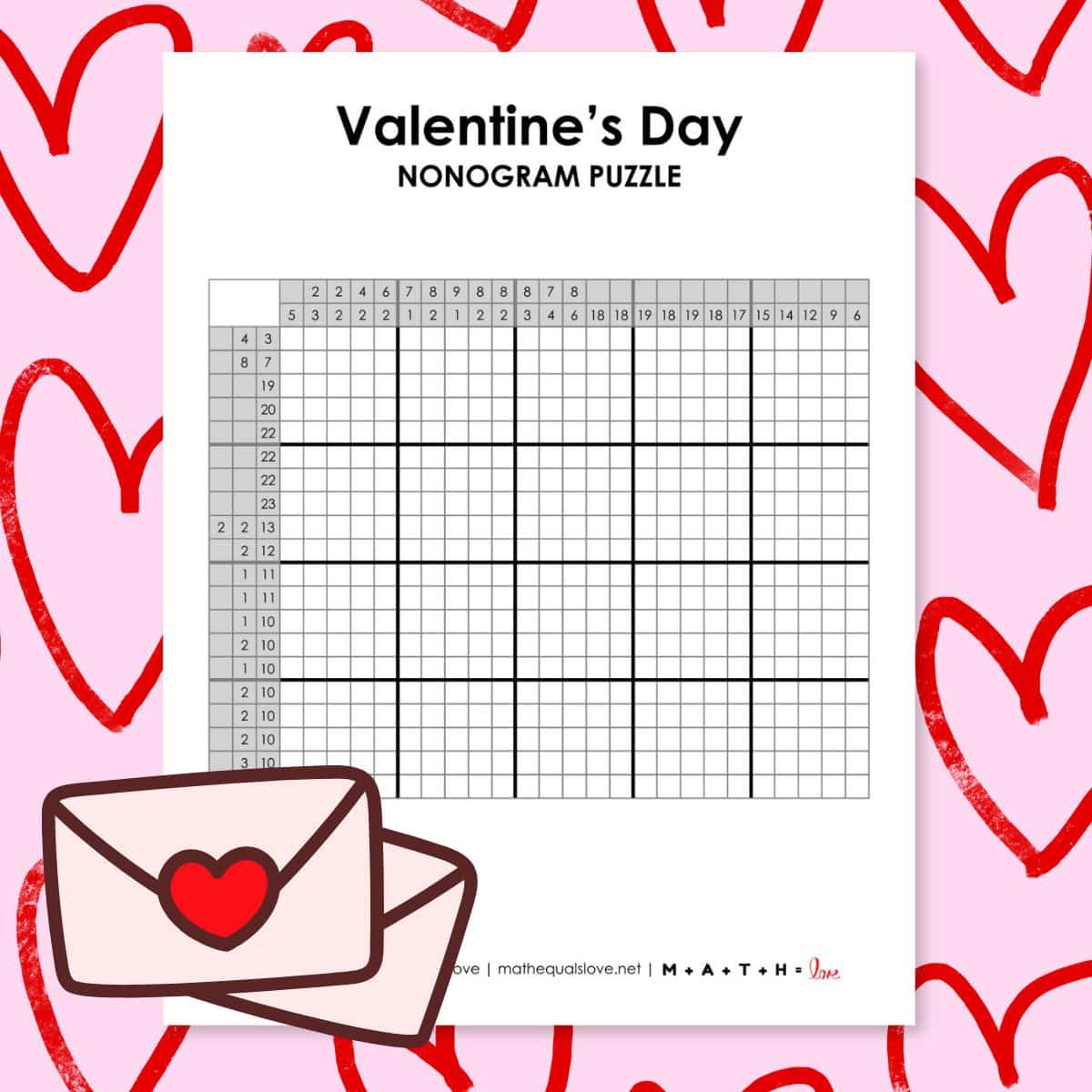
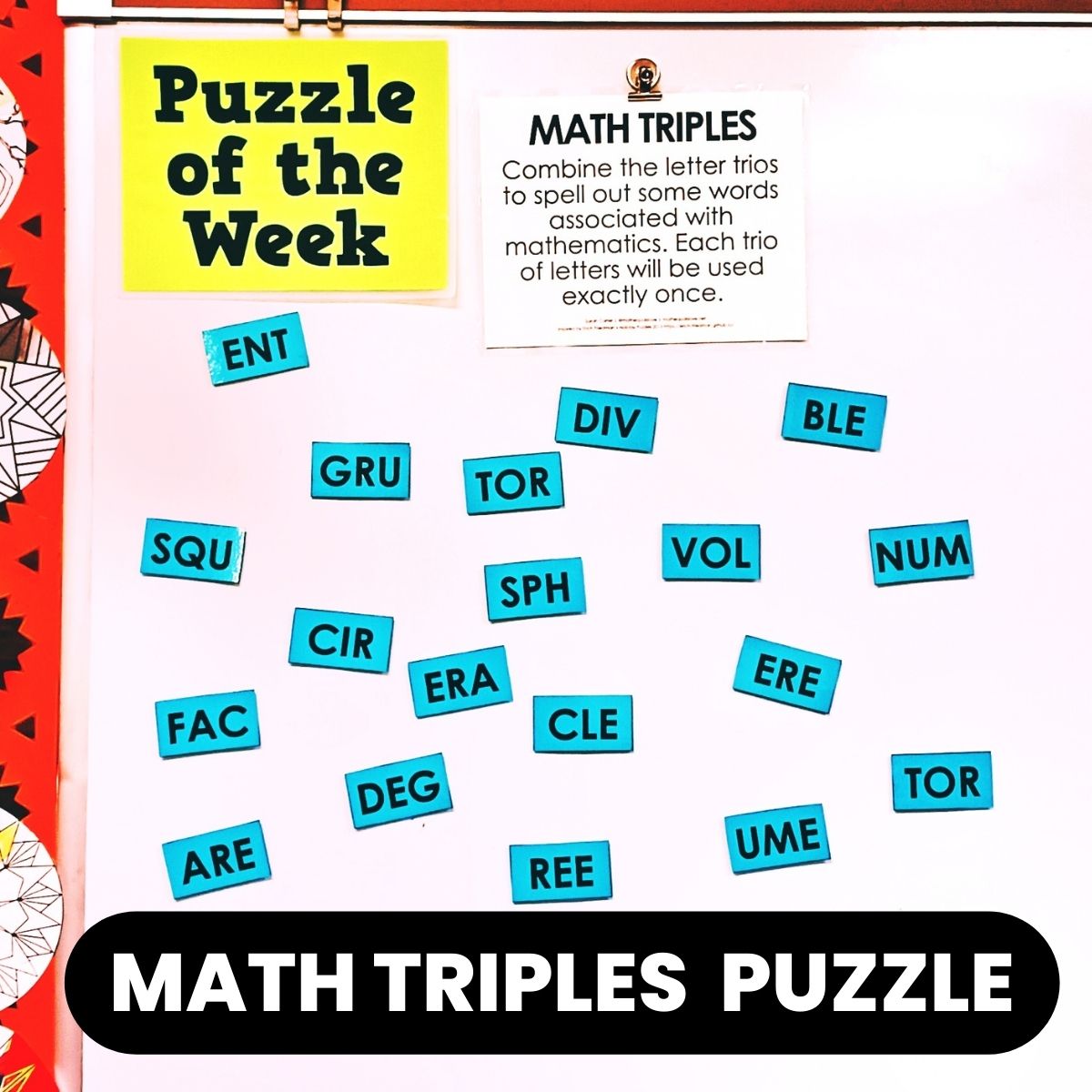
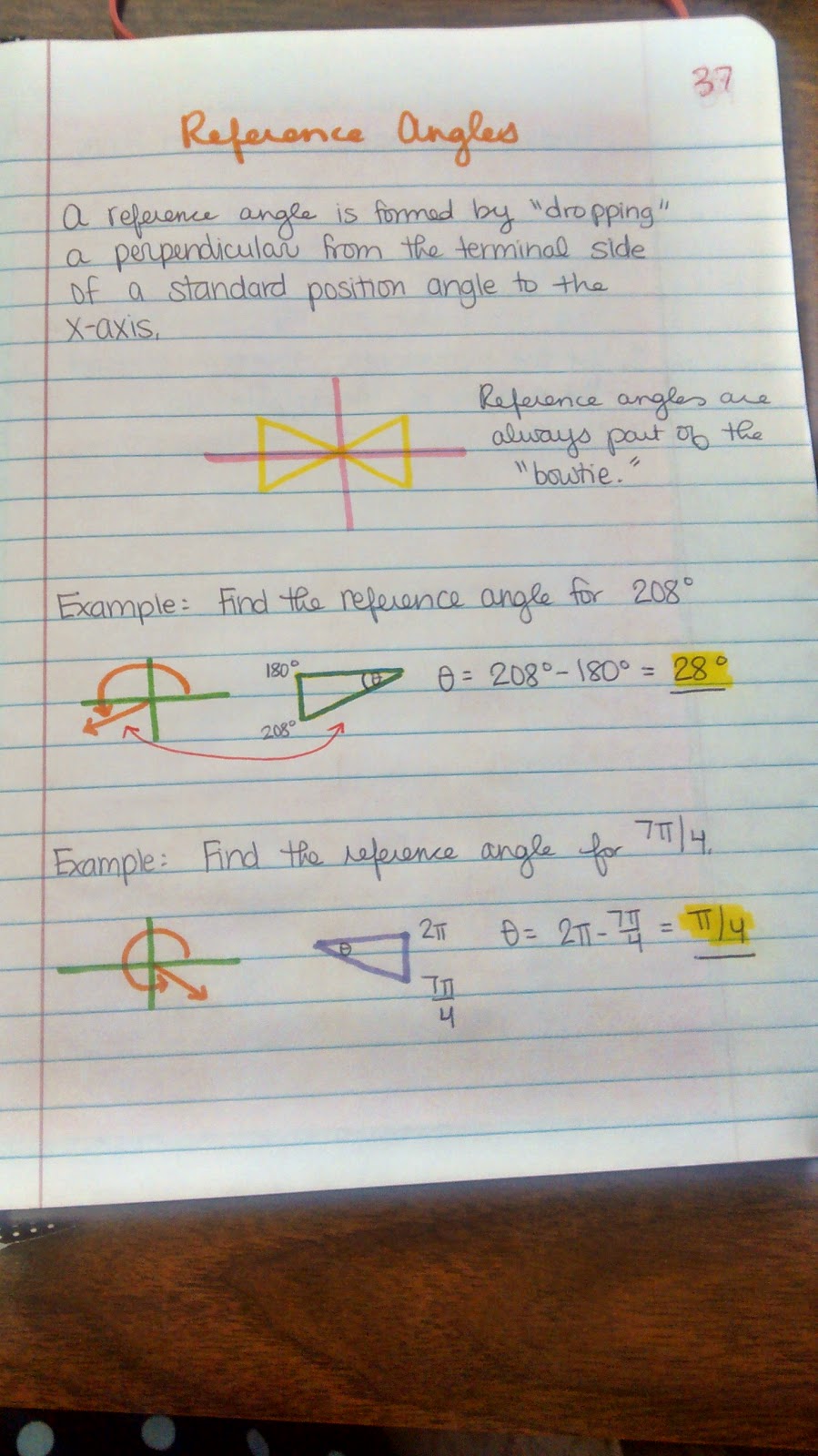
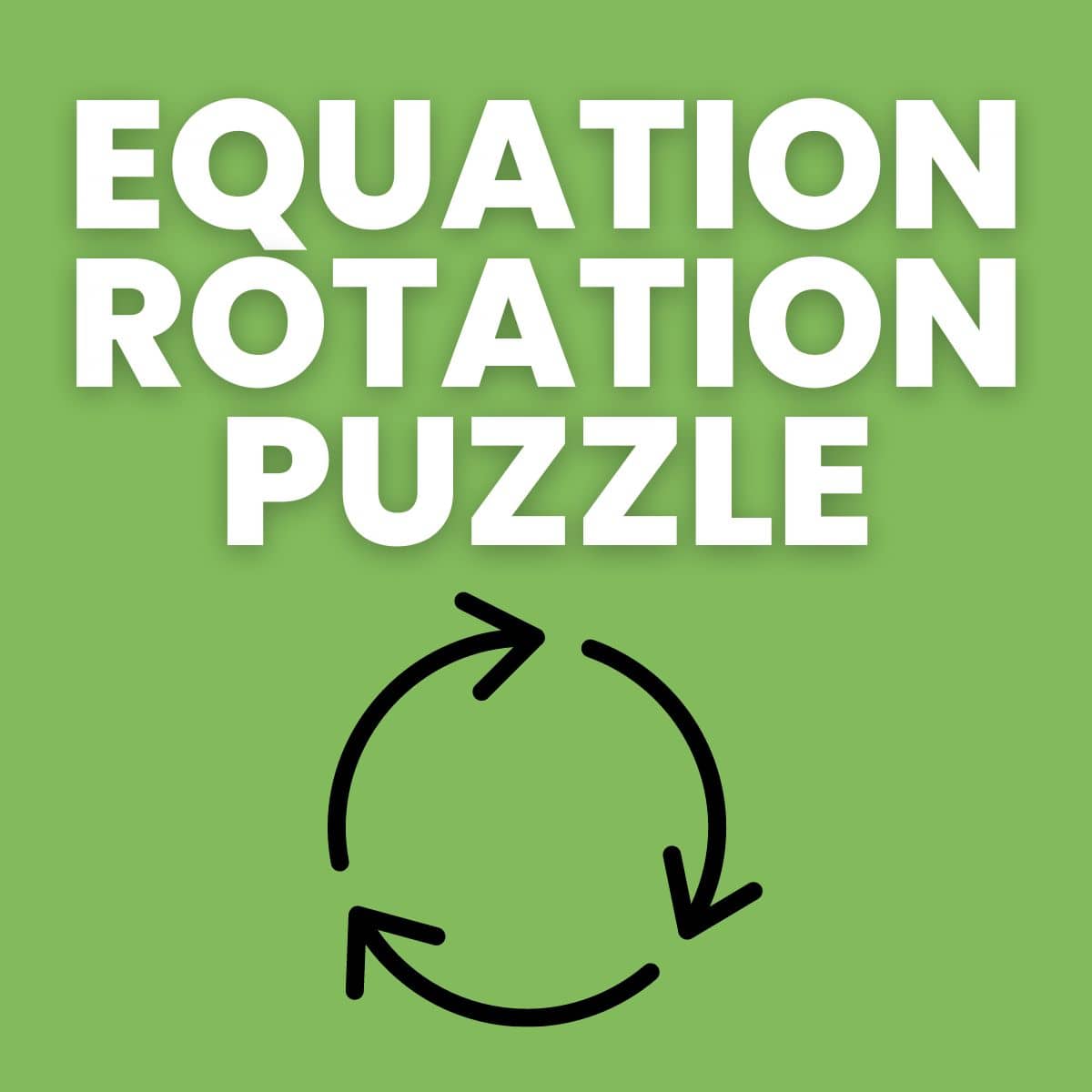
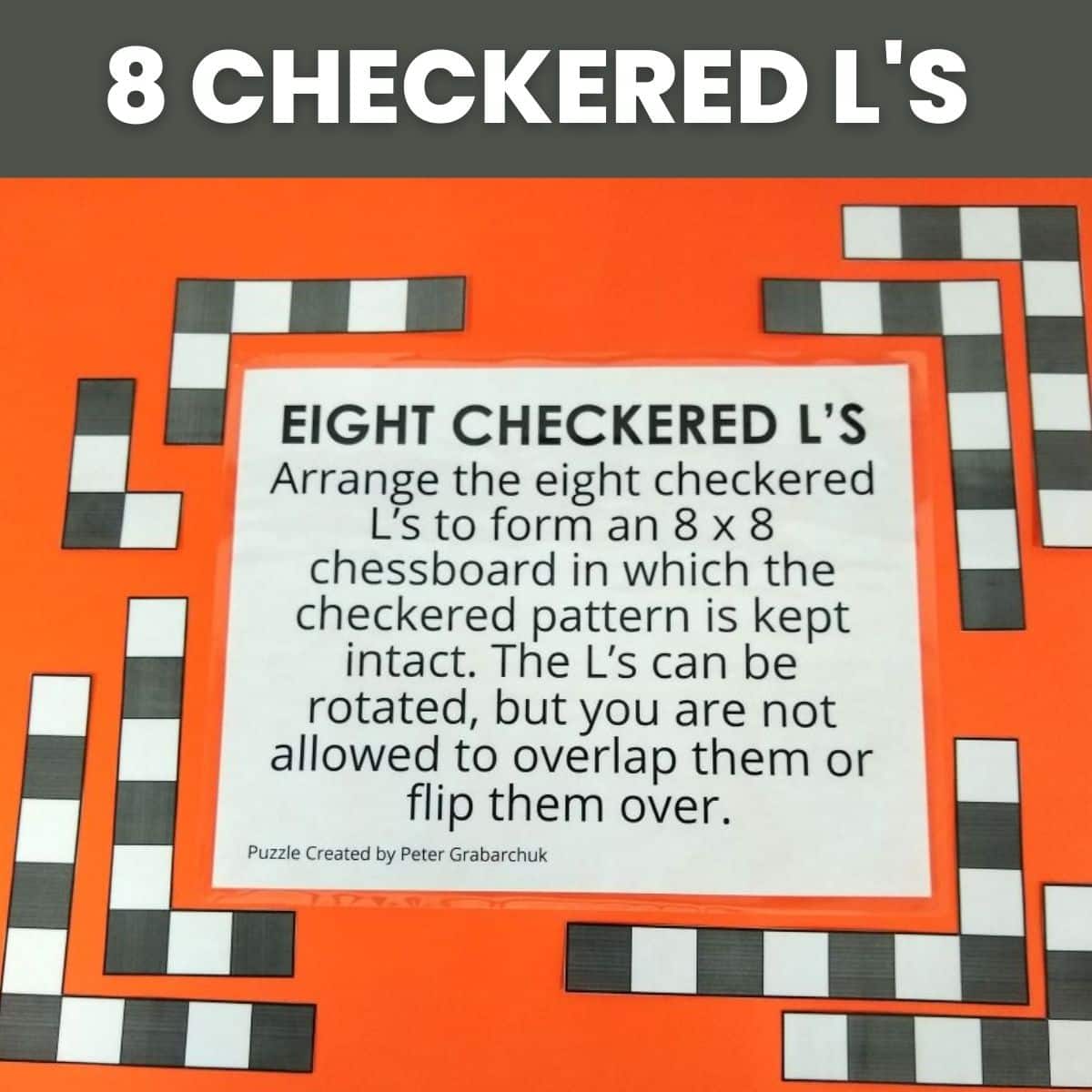
love this post! Great work at differentiating instruction and making math hands on and fun. What grade are you students?
Thanks! I teach high school which is 9th-12th grade.
My students really struggle with radical operations, particularly simplifying radicals and then everything on up from there. As their geometry teacher, I'm the first one to introduce this concept to them that we want an exact answer in simplest form, not a decimal approximation gotten from a calculator. Do you have any ideas to teach this that are not memorization or "follow these steps and you'll get the right answer"? How do I get my students to understand what they're doing, so it sticks?